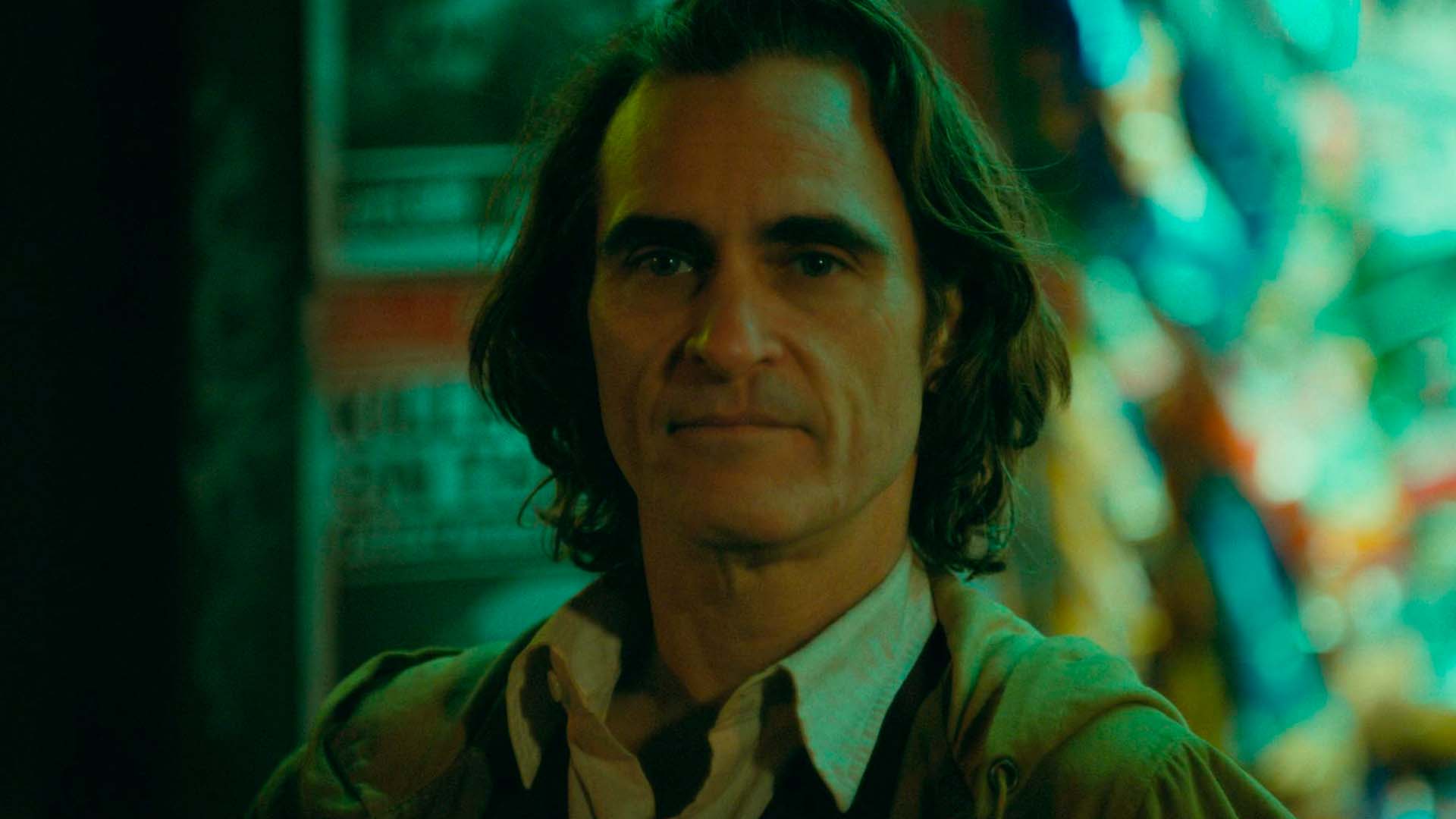Cost of Cinema: An Insightful Exploration of Movie Budget Breakdowns
The magic of filmmaking often masks the intricate budgeting process that underpins every successful film.


Analyzing movie budgets provides valuable insights into how resources are allocated, enabling better financial planning and cost management in future productions.
Importance of Analyzing Movie Budgets
Understanding a movie budget breakdown is a crucial step in the filmmaking process. It helps identify where the highest costs lie, how different areas of production interact, and how effectively funds are used. This financial transparency not only fosters better decision-making but also promotes financial accountability, a significant aspect of a successful film project.
Key Components of Movie Budgets
A film budget is composed of various components. Production costs, talent fees, marketing and distribution expenses, and post-production costs are some of the most crucial elements that filmmakers should account for.
Learn from the Best with Filmustage!
Even the biggest films face budget challenges. Equip yourself with the tools that industry professionals trust.
Production Costs
From location scouting to set design and logistics, production costs are an integral part of a movie budget. For instance, the high production costs of "Titanic" (1997) were justified by the meticulous recreation of the historic ship, contributing significantly to the film's authenticity.

Talent Fees
Talent fees in movies encompass the wages of actors, directors, and writers. High-profile talents often command substantial fees, as was the case in "Iron Man" (2008), where Robert Downey Jr.’s performance proved pivotal to the film’s success, and he was compensated accordingly.

Marketing and Distribution Expenses
Effective marketing can significantly impact a film's box office performance. "The Blair Witch Project" (1999), for example, allocated a significant part of its budget to an innovative online marketing campaign, generating buzz and ultimately translating into massive box office returns.

Post-Production Costs
The post-production budget includes expenses related to editing, sound design, and visual effects. The innovative use of visual effects in "The Matrix" (1999) accounted for a large part of its post-production budget, significantly contributing to the film's unique visual aesthetic and success.

Case Studies: Analyzing Budgets of Famous Films
Film 1 - "Cleopatra" (1963)
"Cleopatra" is known as one of the most expensive films ever made, with a budget of around $44 million - equivalent to approximately $340 million today when adjusted for inflation. The production faced various challenges that led to budget overruns. Set construction was started in England, then moved to Italy due to weather issues, resulting in substantial additional costs. Major script changes and delays caused by health problems of the leading actress, Elizabeth Taylor, also contributed to the spiraling budget.

Film 2 - "Waterworld" (1995)
"Waterworld", one of the most notorious budget-busters in Hollywood history, started with a budget of $100 million but ended up costing about $175 million. The film's production was plagued with problems, including a set that sank in a hurricane, costly star demands, script rewrites, and an ambitious vision of a water-based post-apocalyptic world that proved more challenging to bring to life than initially anticipated.

Film 3 - "Avengers: Endgame" (2019)
"Avengers: Endgame" is one of the most expensive films ever made, with a staggering budget of approximately $356 million. The high cost can be attributed to several factors. The film's ensemble cast, consisting of high-profile stars like Robert Downey Jr., Chris Evans, and Scarlett Johansson, necessitated hefty talent fees. Visual effects, a major aspect of the film, significantly contributed to the budget. Companies like Industrial Light & Magic, Weta Digital, and Framestore were employed to bring the universe to life. Another notable cost was the extensive marketing and distribution strategy employed by Disney, which played a crucial role in the film's anticipation and ultimate success. The film went on to gross over $2.7 billion worldwide.

Film 4 - "Joker" (2019)
Contrasting the colossal budget of "Avengers: Endgame", the budget for "Joker" was a comparatively modest $55 million. A standalone character study without the usual blockbuster action sequences, the film didn't need a significant portion of its budget for visual effects. Still, significant resources were dedicated to art direction, creating a gritty and realistic Gotham City reflecting the 1980s setting. Talent fees were another expense, with Joaquin Phoenix playing the titular character. An aggressive marketing campaign also made up a part of the budget. Despite its smaller budget compared to its blockbuster counterparts, "Joker" was a financial success, grossing over $1 billion at the worldwide box office.
Both "Avengers: Endgame" and "Joker" illustrate that whether a budget is big or small, strategic allocation of resources, a compelling narrative, and skilled execution can lead to box office success.

Film 5 - "Gravity" (2013)
"Gravity", a groundbreaking space thriller, had a budget of approximately $100 million. The majority of the budget was dedicated to the creation of convincing zero-gravity effects and immersive 3D experiences. Director Alfonso Cuarón and his team spent years developing new technology for the film, including a light box made of LED panels to light the actors and provide them with a visual representation of their virtual surroundings. Moreover, the talent fees for Sandra Bullock and George Clooney, both A-listers, formed a significant part of the budget. The film was a commercial success, grossing over $723 million worldwide and winning multiple Academy Awards.

Learn from the Best with Filmustage!
As you’ve seen, even the biggest films face budget challenges. Equip yourself with the tools that industry professionals trust.
Lessons Learned and Takeaways
By analyzing the budgets of famous films, we can learn a number of lessons about how to effectively manage a film budget. Here are a few key takeaways:
- Be realistic about your budget: It is essential to set a realistic budget for your film and to be prepared to make changes if necessary.
- Use your budget to your advantage: Consider how you can use your budget to create a unique and visually appealing film.
- Be flexible: Be prepared to make changes to your budget if unexpected costs arise.
Conclusion
Analyzing movie budgets can be a valuable tool for filmmakers. By understanding the different components of a film budget, filmmakers can make better financial decisions and create more successful films. Leveraging these budgeting insights can pave the way for cost-effective and successful film production.
Web-based software like Filmustage offers tools that can assist in the process of budgeting for films and help with script breakdown in seconds, making it easier for filmmakers to allocate resources efficiently. By using Filmustage, filmmakers can gain a better understanding of their budget and manage their resources more effectively, leading to more successful film projects.
From Breakdown to Budget in Clicks
Save time, cut costs, and let Filmustage’s AI handle the heavy lifting — all in a single day.